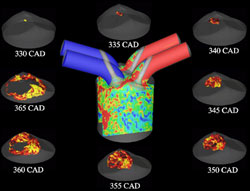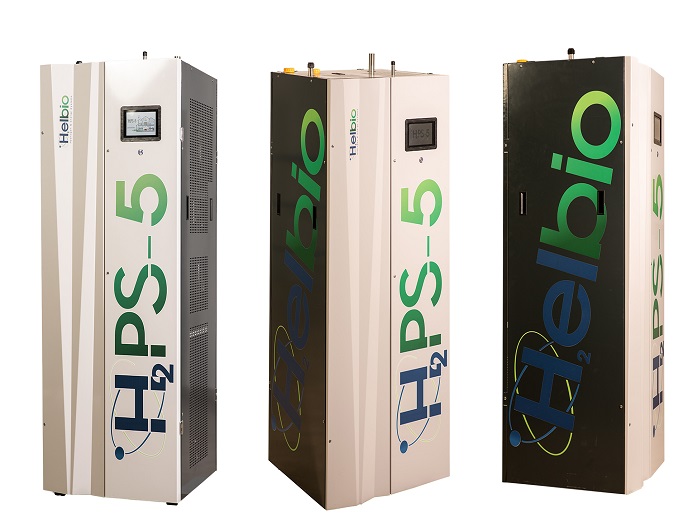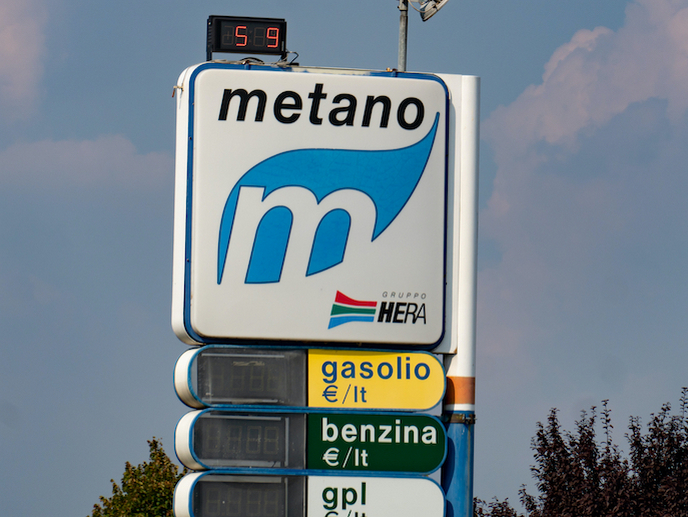On the quest for more fuel-efficient and cleaner engines
Among the technologies that will potentially form the basis of future highly efficient and near-zero emission automobiles, novel approaches to combustion processes like Controlled Auto-Ignition seem to play a key role. However, the occurrence of significant cycle-to-cycle variations in different parts of the engine operating remains one of the factors limiting the full exploitation of these new combustion techniques' potential. To support accurate prediction of the effects of unsteady engine operation on energy conversion efficiency and resultant pollutant emissions a novel engine design software tool has been introduced. The Large Eddy Simulation (LES) techniques received the attention of the LESSCO2 project partners because of its ability to filter individual and importantly, spatially filtered cycles. LES techniques allow a richer view at in-cylinder flow and combustion than widely applied Reynolds Averaged Navier-Stokes techniques, as they have the inherent potential to predict high frequency unsteady effects. With the long-term objective of realising a robust Computational Fluid Dynamics tool that could predict cycle variability in internal combustion engines, the AVBP software code was updated at the Institut Français de Pétrole. Research work focused on conserving the code's numerical properties when the mesh is deforming with the piston and valve movements and on mesh management using Conditioned Temporal Interpolation. Since AVBP was primarily written for turbo-machinery, advanced numerical methods were implemented to handle moving boundaries in a CPU time efficient manner, while avoiding the occurrence of negative cell volumes. Moreover, an automatic mesh management technique was developed for adaptive inflow/outflow boundary conditions as well as a LES combustion model for prefixed spark-ignited combustion. The first validation results demonstrated the enhanced capabilities of the new parallel LES solver of reactive multi-component compressible Navier-Stokes equations in two- and three-dimensional unstructured hybrid grids. This highly innovative software tool, providing the essential means to address engine warm-up and its impact on fuel conversion, should open valuable perspectives for the future design of automobile engines.







